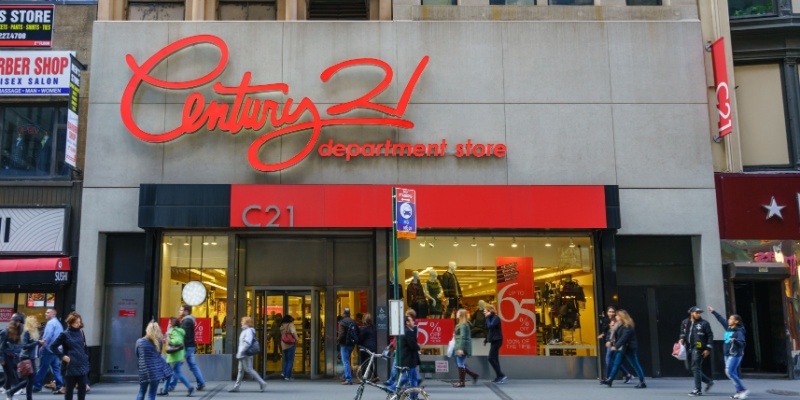In the bustling streets of New York City, retail stores face a myriad of challenges, from fierce competition to high operational costs. However, one often overlooked issue that can significantly impact a retail business is pest infestation. Given the dense population and the scale of commercial activities in NYC, pests such as rodents, cockroaches, and bedbugs can quickly become not only a nuisance but a serious threat to business health and reputation. This is where professional pest elimination becomes essential.
Protecting Brand Image and Customer Experience
First impressions are crucial in the retail industry. The presence of pests can severely damage a store’s reputation. Customers who notice signs of infestation, such as droppings, live or dead pests, or damaged goods, may not only decide to leave without making a purchase but are also likely to share their negative experiences with others or through online platforms. In an age where reviews can make or break a business, maintaining a pristine, pest-free environment is key to protecting your brand’s image and ensuring a positive customer experience.
Complying with Health and Safety Regulations
Retail stores, especially those dealing with food products, are subject to strict health and sanitation regulations. The presence of pests can lead to serious violations that might incur fines, sanctions, or even force a temporary closure of the business while issues are addressed. Professional pest elimination services are familiar with local laws and can ensure that your store remains compliant, avoiding legal complications and financial losses.
Preventing Structural Damage
Pests like termites and rodents can cause significant structural damage to buildings. They can gnaw through wood, electrical wiring, and even plumbing, leading to more severe issues like electrical fires or water damage. The costs for repairs can be excessive, far outweighing the expense of regular pest services. Retail store owners can protect their physical assets and avoid costly repairs by investing in professional pest elimination.
Enhancing Employee Welfare
The welfare of employees in any business is paramount, and this is no different in the retail sector. Working in an environment infested with pests can be both unsettling and unsafe for staff. Pests are known carriers of various diseases and allergens, which can pose health risks to employees. Professional experts help create a safer, healthier work environment, which not only aids in employee satisfaction and retention but also boosts productivity.
Effective and Efficient Pest Elimination Solutions
DIY pest solutions often fail to address the root of the problem, offering only a temporary reprieve from pests. Professional pest companies use advanced techniques and tools to thoroughly eliminate infestations and provide long-term solutions. They conduct comprehensive assessments to identify the sources of infestations and implement integrated pest management plans that are tailored to the specific needs of your retail environment. This strategic approach not only eliminates current pests but also helps prevent future infestations.
Regular Maintenance and Monitoring
Professional pest elimination services don’t just stop at treating an infestation; they also offer ongoing maintenance and monitoring. This proactive approach is particularly important in a city like New York, where the high rate of foot traffic and close proximity of buildings create a constant risk of pest intrusion. Regular check-ups by professionals ensure that pests are kept at bay and any new risks are addressed promptly.
The Investment
For retail store owners in New York City, professional pest elimination is not just a matter of cleanliness but a critical component of operational success. Investing in a reliable pest elimination service helps protect your brand reputation, ensure compliance with health regulations, safeguard structural integrity, enhance employee welfare, and provide peace of mind. In the competitive NYC retail market, this can make all the difference, helping your business thrive safely and successfully.
Don’t let pests damage your retail store’s reputation and bottom line. With the expertise of Systematic Pest Elimination, retail store owners can effectively address pest issues and prevent potential damage to products and reputations. Our team of experienced professionals will work diligently to identify, treat, and eliminate pests using safe and effective methods. By partnering with Systematic Pest Elimination, retail businesses can ensure a pest-free environment for both employees and customers, ultimately enhancing their overall operational efficiency and customer satisfaction. Contact Systematic Pest Elimination today to experience the difference our services can make in your retail store.


